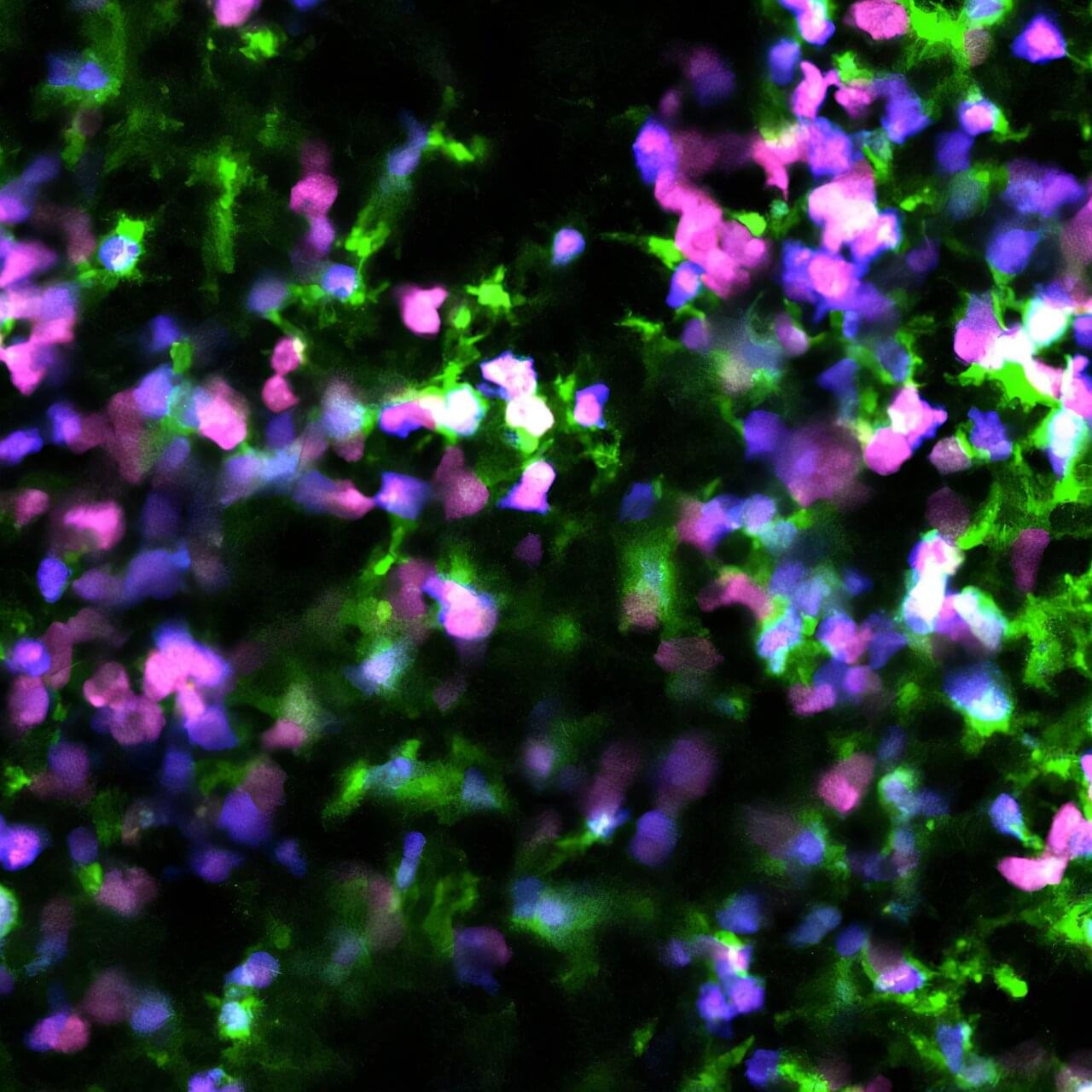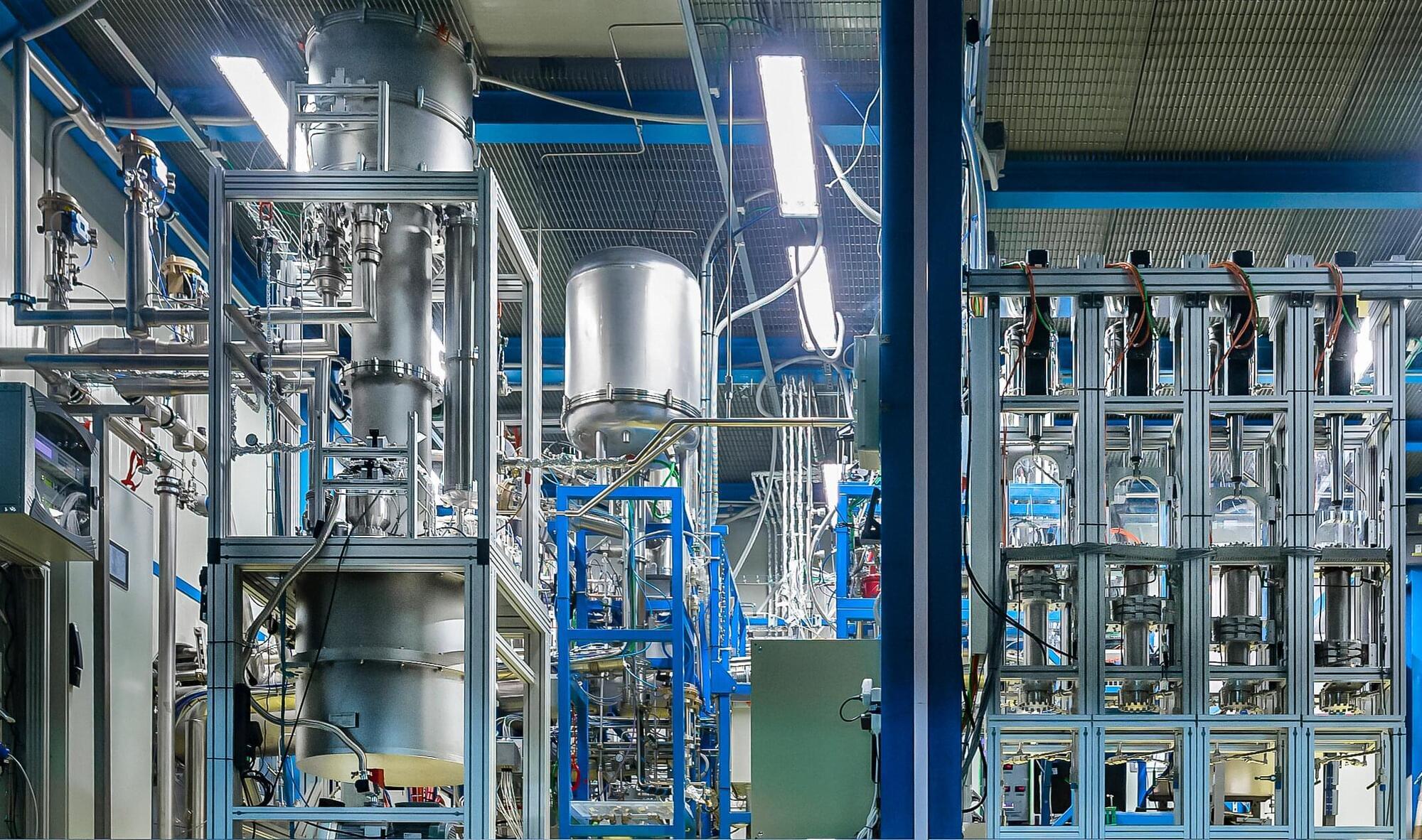Kent, Wash.-based Stoke Space Technologies today revealed that it has raised $510 million in fresh funding to accelerate development of its fully reusable medium-lift Nova rocket.
The Series D funding round, let by Thomas Tull’s US Innovative Technology Fund, comes in conjunction with a $100 million debt facility led by Silicon Valley Bank. Stoke said the new financing has more than doubled its total capital raised, bringing the figure to $990 million.
“This funding gives us the runway to complete development and demonstrate Nova through its first flights,” Stoke co-founder and CEO Andy Lapsa said in a news release. If all goes according to plan, the first Nova rocket is expected to lift off next year from Launch Complex 14 at Cape Canaveral Space Force Station in Florida.







